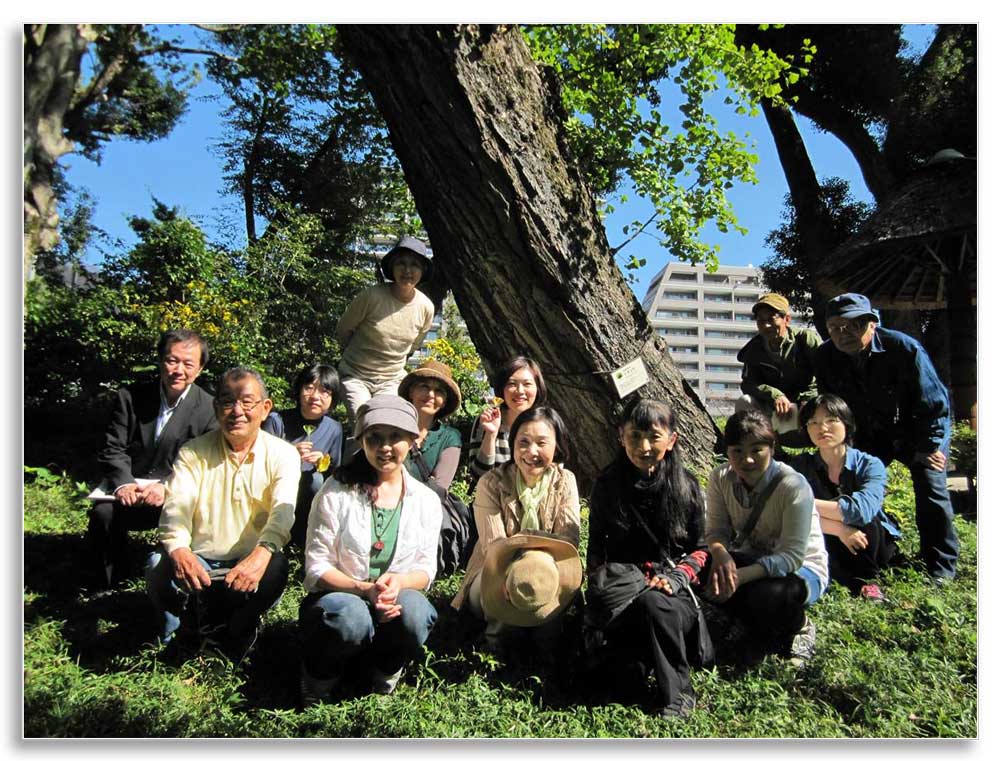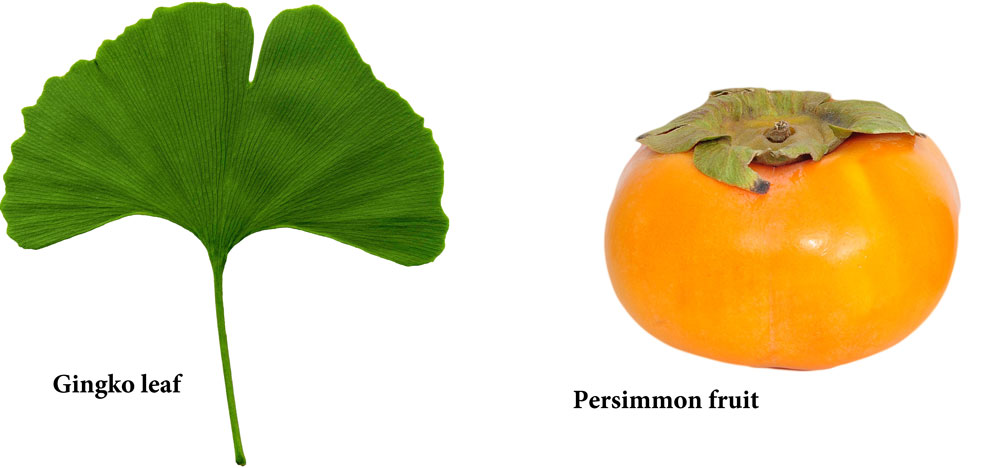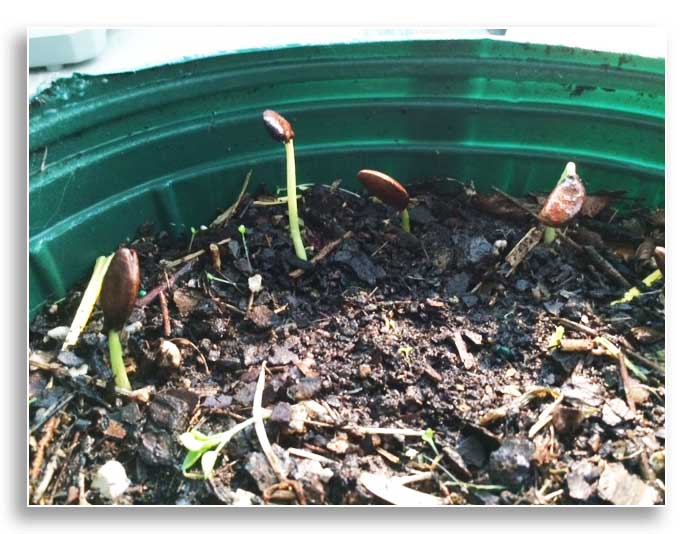Hiroshima Trees of Peace
By Rebecca C. Glasscock
On August 6, 1945, a 9,000 pound U-235 bomb was dropped over the city of Hiroshima from a U.S. B-29 plane christened the Enola Gay. This city, 500 miles from Tokyo, had a population of 350,000. The nuclear bomb exploded 2,000’ over the ground, destroying five square miles of the city. Ninety percent of the city was destroyed and 80,000 people died immediately. Thousands more died later.
The survivors included 170 trees in 55 locations, within about 1¼ miles of ground zero. Most of the trees and other vegetation were destroyed, however, so in 1951, the first president of Hiroshima University sent a letter to universities in Europe, the United States, and Asia asking to be sent tree seeds and seedlings to replant their campus. He said that “Green is the color of vividness, the color of hope, the color of peace.” The response was great and the burned out grounds were replanted.
Over the ensuing years, the City of Hiroshima, tree experts, and citizen volunteers have lovingly tended the trees that survived the bomb. Each bears a name plate reading Hibakujumoku (survivor tree).

In 2011, Nassrine Azimi, the former Director of the Hiroshima Office of the UN Institute for Training and Research (UNITAR) thought back to 1951, when the global community sent seeds to Hiroshima. Perhaps now was the time to have seeds travel in the other direction. After discussing the idea of sharing A-bomb tree seeds with botanical gardens, universities, and others with strong commitments to trees and to peace, her idea became a reality. Green Legacy Hiroshima, an initiative of UNITAR and the Asian Network of Trust (ANT) Hiroshima with support from the Hiroshima Peace Culture Foundation and the University of Hiroshima, was born.
Applications for seeds are accepted throughout the year. Applicants must demonstrate knowledge of trees, a plan for the immediate and long-term care of the seeds and trees, and an understanding of the symbolism behind this initiative.

The seeds are carefully harvested, inspected in line with the quarantine regulations of the receiving country, and kept in the storage facility at the Hiroshima Botanical Garden until being shipped. In August, Lexington received its shipment of Gingko and Asian Persimmon seeds. The Ginkgo seeds came from Hiroshima’s historical Shukkeien Garden and the Persimmon seeds were harvested at Atago Pond and in Motomachi.
Biologist Marvin Ruffner is caring for these seeds, some of which have sprouted. He will start others in the spring. As the seedlings grow into saplings, they will be planted as symbols of peace in our community. Proposed sites include the University of Kentucky, Bluegrass Community and Technical College’s Peace Meal Gardens, the Quaker Meetinghouse, and downtown Lexington.

The Green Legacy Hiroshima’s vision is to eventually have trees planted on former nuclear tests as well as on sites of conflict. These trees of peace symbolize regeneration and reconciliation. As Ms. Azimi said, “While silently testifying to the inhumanity of nuclear weapons, they also tell us of the importance of resilience, tolerance and living in harmony with nature.”
To see a map of the A-bombed trees, go to http://www.green-greetings.com/en/map/h_map/index.html
Photography
- City of Hiroshima tree experts and citizen volunteers near the gingko "survivor" tree in Shukkeien Garden that provided seeds for Lexington, KY (N. Azimi)
- Gingko leaf (Wikipedia, CC)
- Jiro persimmon fruit (Wikipedia, CC)
- Emerging "Survivor Tree" persimmon seedlings tended by Marvin Ruffner (R. Glasscock)
About the Author
Dr. Rebecca Glasscock is a Professor of Geography at Bluegrass Community and Technical College (BCTC). She is also the Garden Manager of Peace Meal Gardens, and a Faculty Advisor for Students of Peace and Earth Justice at BCTC. Email @ rebecca.glasscock@kctcs.edu
